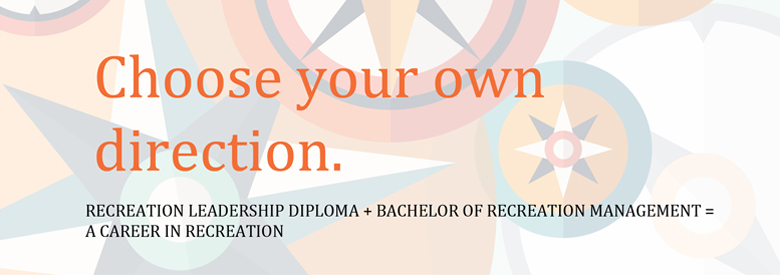Jan 22, 2018
By Cyndy Chwelos, Bachelor of Recreation Management Coordinator & Instructor

in 2016 Langara College was bestowed the Musqueam name snəw̓eyəɬ leləm̓ which translates to house of teachings. This action of the Musqueam people acknowledges the strengthening relationship between Langara College and the Musqueam people, and an acknowledgement of the College’s location on Musqueam unceded traditional territory. (Langara, 2016)
I am proud to be an instructor in this house of teachings, an education institution that is committed to the Truth and Reconciliation Calls to Action (Truth and Reconciliation, 2015) for post-secondary institutions to educate teachers on how to integrate Indigenous knowledge and teaching methods into classrooms.
My current action is to educate and learn more about the colonialization of First Nations Peoples. With that, I want to share a recent learning experience. As many of you know I believe and teach about how Art holds the capacity to educate. Recently, I visited an exhibition at the Frye Art Museum in Seattle, Washington to see the exhibition of Alison Marks, a Tlinglit artist from Alaska. Marks’ work explores colonization with acerbic wit, humour, and unpacks the role of cultural appropriation. All of her work in this exhibition, but in particular, Cultural Tourism, made me consider how cultural appropriation continues the colonial narrative.
The totem pole has a problematic place in popular culture. It has become a ubiquitous marker of native identity, stripped of any original meaning or purpose. Our present-day understanding is plagued by falsehoods and misinterpretations, epitomized by the common phrase “low man on the totem pole.” Totem poles are not ranking systems; rather they document stories and histories unique to particular Native communities and families.
Over the past century, the totem pole has been ceaselessly repackaged and repurposed for commercial gain. Souvenir trinkets are mass-produced in Indonesia and sold around the globe, including in Seattle, and the symbol has been appropriated by non-Native fashion designers. Cultural Tourism expresses the deep discomfort Marks experiences when viewing these warped images of totem pole that further distort the meaning conveyed by ancient storytellers. (Frye, 2017)
I came out of this exhibition with a greater appreciation for contemporary First Nations artists who through their art, opened my eyes, my heart, and further my understanding for the ongoing struggles to reclaim the culture that was stolen from them. Each time I bear witness to these injustices I am taught more about the complex journey of reconciliation and consider again, how I can bring that learning into the classroom, in this house of teachings.
Langara. https://langara.ca/news-and-events/langara-news/2016/160111-musqueam-naming-ceremony.html
Truth and Reconciliation, Commission of Canada: Calls to Action. http://templatelab.com/truth-and-reconciliation-commission-calls-to-action/
Frye Museum. http://fryemuseum.org/exhibition/6705
